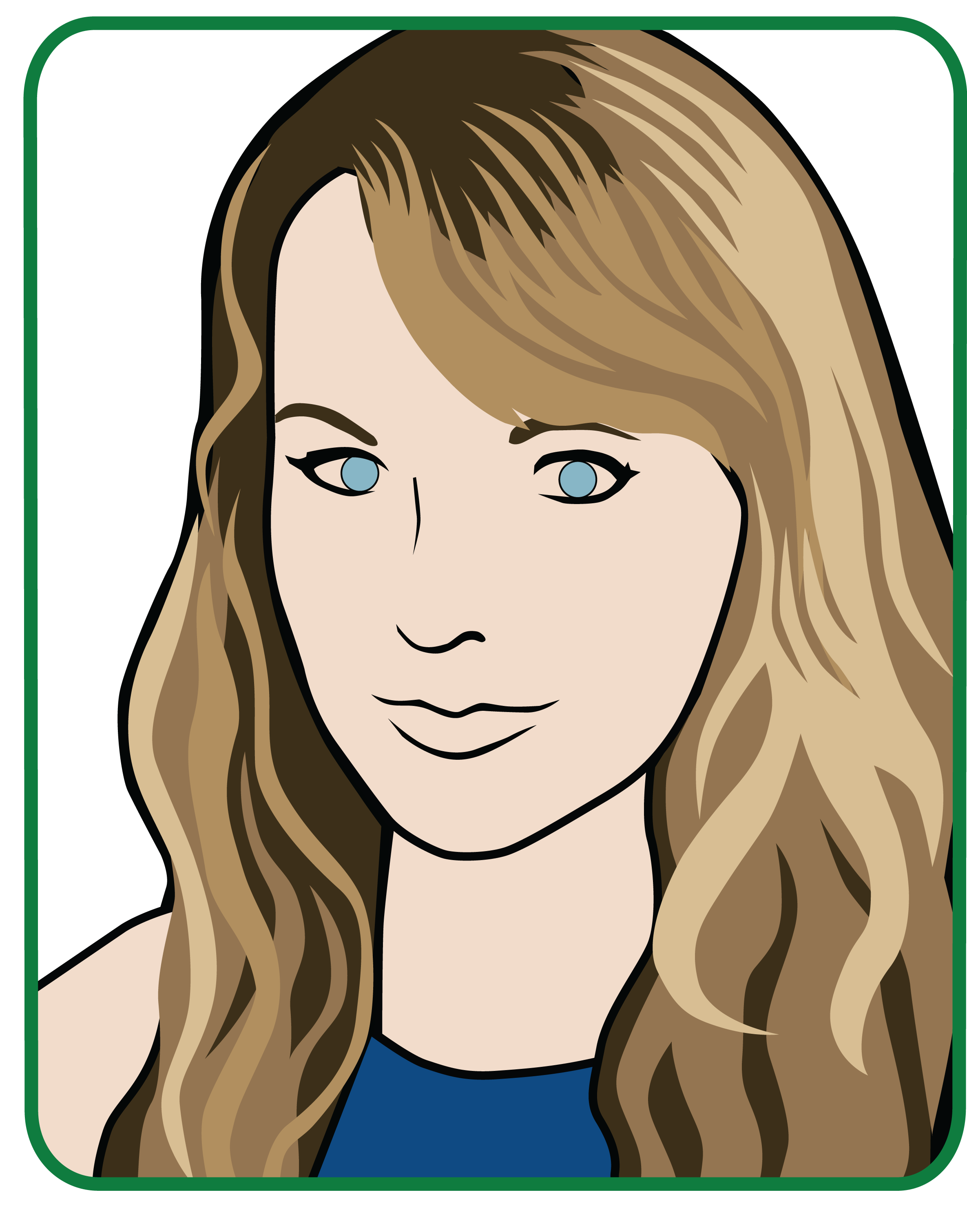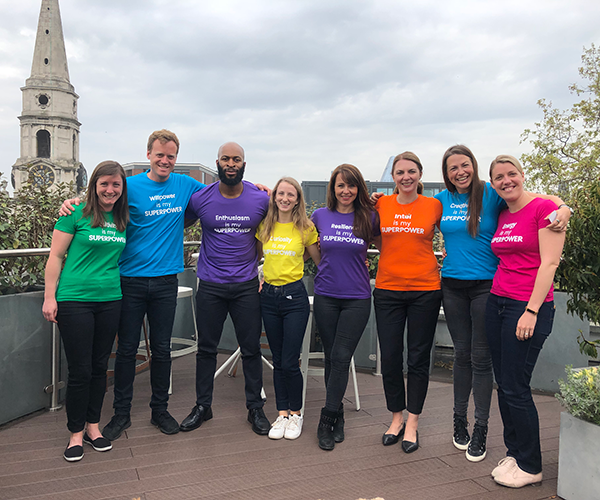International Women’s day
Recognising special educational needs in girls
Have you ever wondered why there are more boys than girls with diagnosed special educational needs? Is there really a gender gap when it comes to learning difficulties?
There are many theories and speculations around why this might be the case. I am very careful to say ‘diagnosed’ as there are many children that have undiagnosed learning differences and aren’t accounted for in the above statistic.
One of the theories that is discussed is that girls try harder to conform to ‘normal’ stereotypes and manage to hide or internalise their difficulties better than boys. This could lead to them going ‘under the radar’ and not receiving the intervention that they require as quickly. Girls and boys develop at different rates and ages. Girls tend to develop at a faster rate than boys until they reach puberty. This could mean that girls are more aware of themselves and the effect they have on others at an earlier age than boys.
Another argument is that girls are more likely to take advice onboard and practice the recommendations given to them, which may delay the diagnostic process.
Another view is that poor behaviour is often the first obvious symptom or sign of a difficulty. Behaviour is lead by emotions and the inability to express the way that you feel so therefore you act out your frustrations. Generally, girls are better at expressing their needs and worries than boys and therefore they may be able to manage their behaviour sufficiently enough to not stand out. Boys tend to draw more negative attention at school generally and therefore the school may have more opportunities to ‘discuss’ next steps for the child. Girls poor attentiveness is sometimes put down to as a lack of interest in the subject rather than have a specific need.
I think personally that every child is different, regardless of their gender, so we should treat them as such. We shouldn’t get hung up on their sex and the stereotypical difficulties associated with it, but rather we should focus on their personal happiness, confidence and attainment in school.
We as a society need to ensure that our young people are getting the care and intervention that they need to reach their full potential happiness and ability.
Inclusivity doesn’t have boundaries.
Read more SEND related blog posts here
At EdPlace we ensure that our activities and resources are accessible to all regardless of your learning differences. We pride oursleves on leading the way into incluive learning with optional accessibility features for specific learning differences.
EdPlace not only offers currculum aligned interactive and appropriately levelled content from Year 1 to GCSE but it also goes further to ensure that students can access the activities using their own preferred learning preferences.
- Interchangable coloured backgrounds and fonts
- Many Font styles - one specifucally designed for dyslexic users
- Reading ruler and window to reduce visual stress and information overload
- Read aloud feature that recites the text to you
- Magnifying glass to help focus
- Over 100 different langauge options for ESL students
Free science activities Free English activities Free maths activities
2.jpg)










